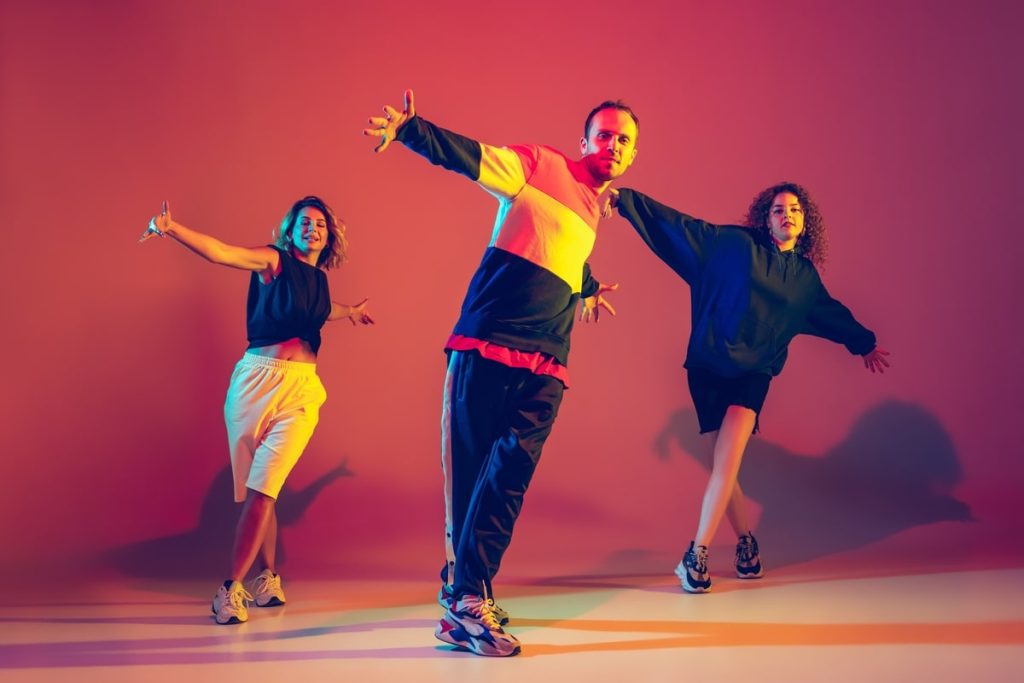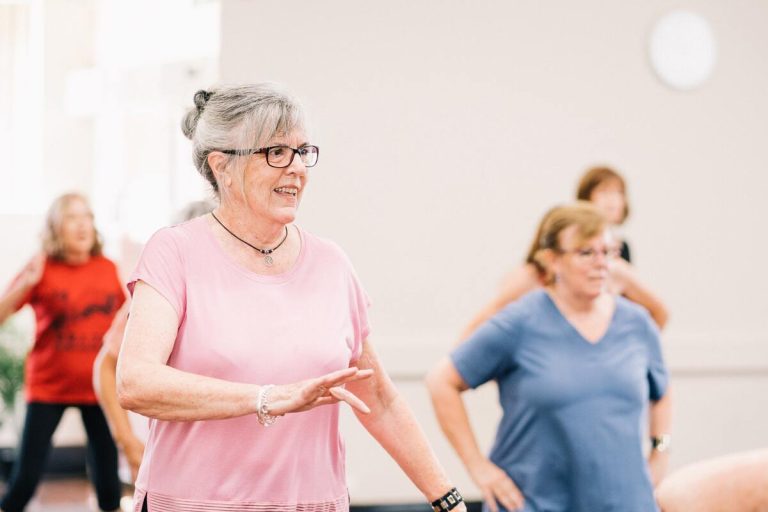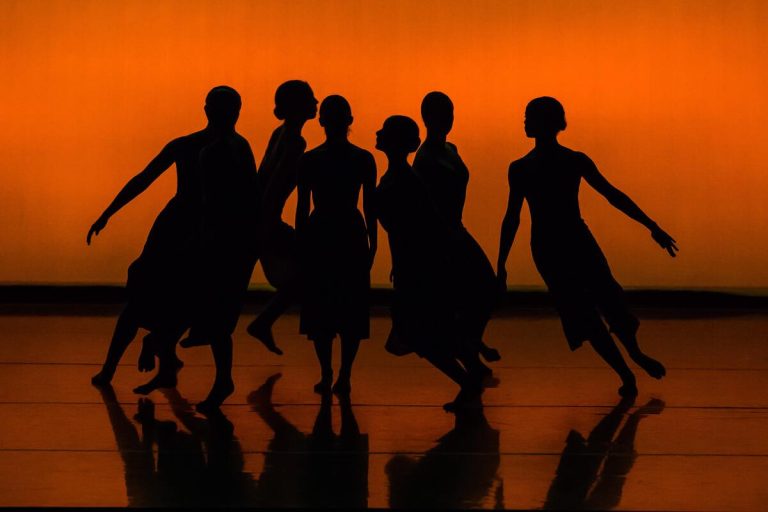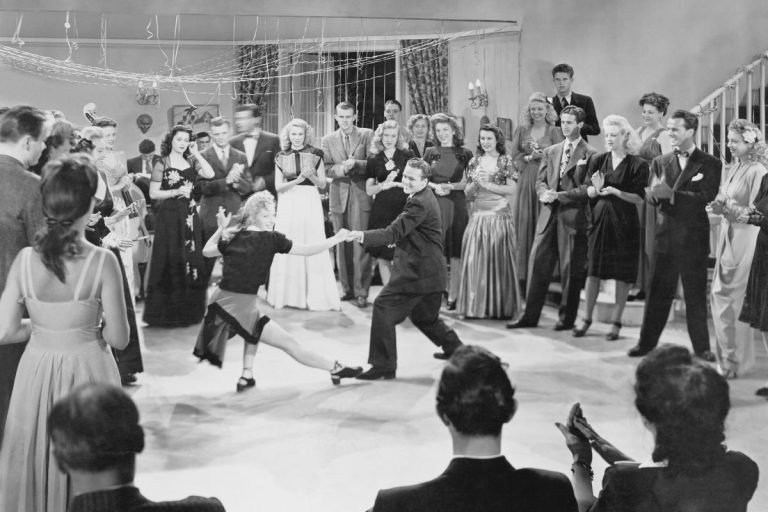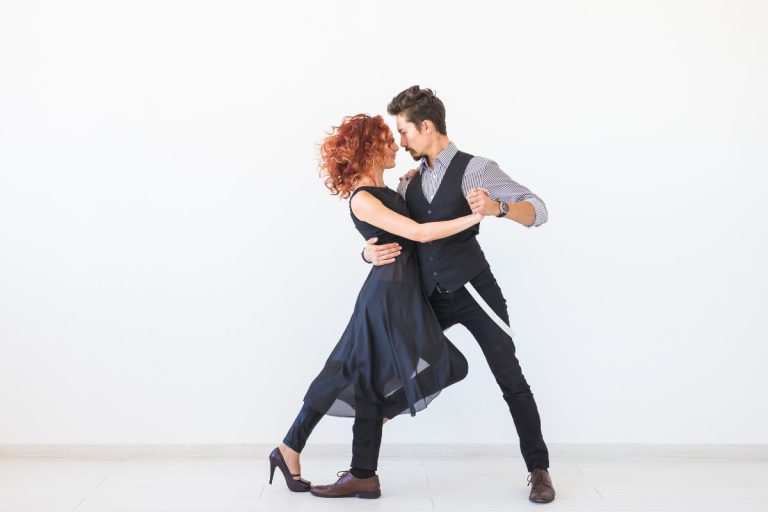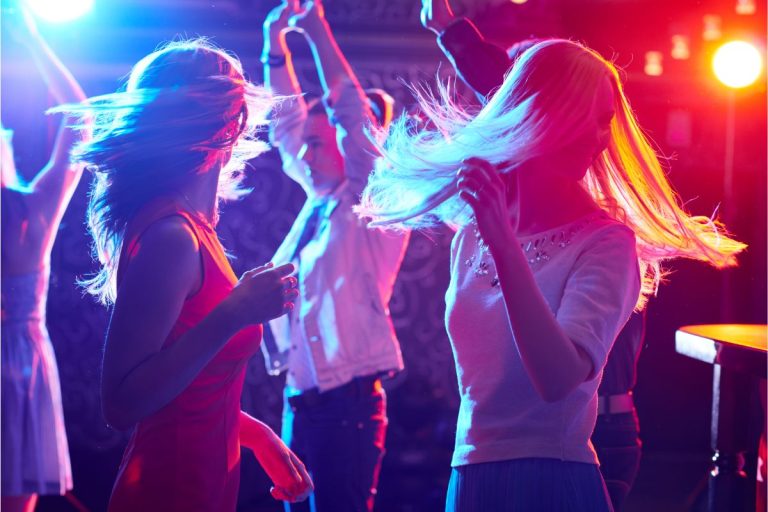Human expression has always included dancing, an art transcending language, culture, and boundaries. Dance has changed over time as a reflection of society, emotions, and individuality, from prehistoric rituals to contemporary performances. In this article, we explore the relevance of dancing as a way to embrace identity and stand out in a crowd. We also examine how this worldwide art form enables people to flaunt their uniqueness in a society that frequently demands conformity.
The Dance’s Evolution: From Tradition to Innovation
Dance has played a significant role in many cultures throughout history as a way to tell stories, commemorate rites, and convey emotions. The values, ideas, and levels of a particular community are embodied in traditional dances firmly established in cultural heritage. These dances frequently incorporate certain motions and rhythms passed down through the centuries to capture the essence of their origins.
However, as societies have changed over time, so has dance. The core of tradition has merged with innovation in everything from European classical ballets to the complex rhythmic footwork of Indian classical dance traditions. Modern dance genres, including jazz, hip-hop, and contemporary, have developed, allowing dancers to express their individuality via their performances. These fresh fashions defy established rules and promote innovation and individual expression.
Dance as a Self-Expression Tool
Fundamentally, dance is a potent vehicle for personal expression. It provides a forum for people to share feelings, experiences, and viewpoints that can be difficult to express in words alone. When dancers move, they express sentiments profoundly and in a language beyond spoken communication. This innate emotional connection allows dancers to embrace their individuality and showcase it to the world.
Dance allows people to rebel against conventional norms and expectations in a culture that frequently favors conformity. People can let go of inhibitions, disprove stereotypes, and express their individuality via dance. Dancers can discover their voice and stand out with confidence, which fosters a feeling of empowerment.
The relationship between dance and identity
The way that dance and personal identity interact is one of its most alluring features. In their performances, each dancer draws on the experiences, convictions, and cultural origins that are unique to them. These components combine with the preferred dance form to provide a vibrant tapestry of variation. For instance, a Latino dancer can bring their culture’s color and vibrancy into their salsa routine, while a modern dancer might use their experiences to create a work that tells a story.
In this way, dancing becomes a canvas on which people express their identities via rhythm and movement. It becomes a monument to the beauty of human diversity, a celebration of tradition, and a link across civilizations. Dance allows people to embrace and express their individuality, which helps build respect and understanding amongst various populations.
Creating Individuality Through Movement in Choreography
Dancers’ ability to stand out is greatly aided by choreography, the art of creating dance routines. Choreographers combine technical proficiency and artistic flair to develop movements reflecting dancers’ personalities. A well-choreographed performance demonstrates the dancer’s technical mastery and serves as a vehicle for expressing their style.
Dancers and choreographers work closely to create routines that best showcase each dancer’s individuality and talents. This collaboration allows dancers to go beyond their comfort zones, venture into unfamiliar territory, and reveal hidden talents. Dancers are consequently given physical challenges and urged to embrace their authenticity.
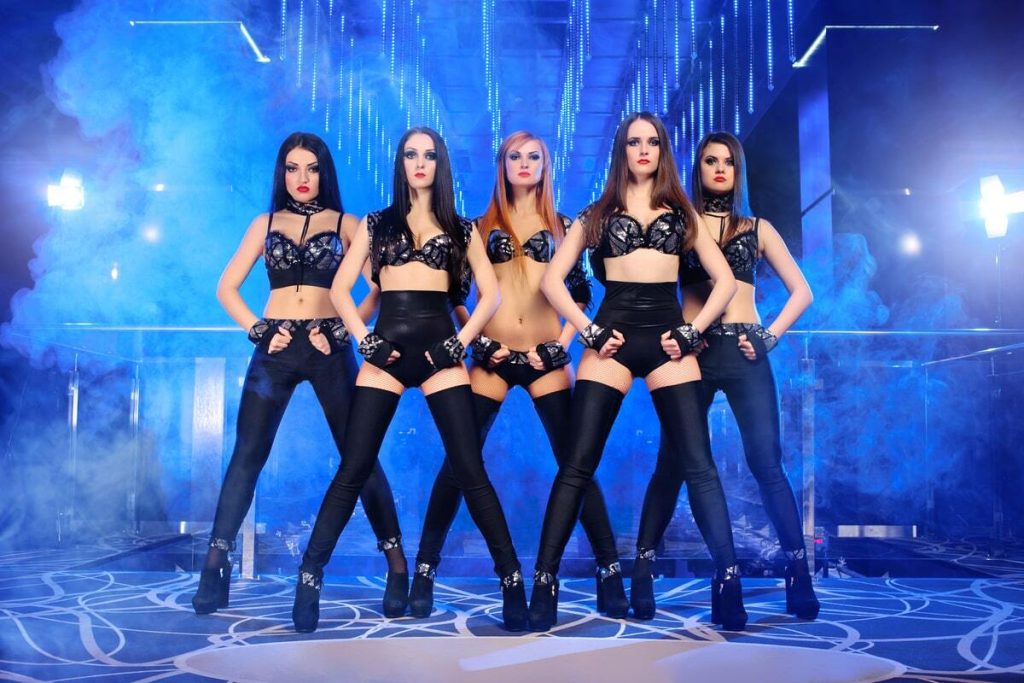
Dance competitions are a venue for showcasing individuality.
Dancers can showcase their uniqueness at local, national, or international competitions. These gatherings bring together various talents, all striving for attention. Both judges and spectators value performances that go above and beyond technical mastery and seek out those who capture genuine emotion and individual flare.
The ability of a dancer to combine talent with originality is frequently crucial to winning a competition. The routines that convey a captivating tale, create intense feelings, and highlight the dancer’s identity are the ones that strike a chord with the audience the most. This procedure emphasizes how important it is to embrace one’s uniqueness to make a lasting impact.
Building Self-Confidence and Resilience Through Dance
Dancers’ journeys involve more than just learning intricate steps and honing routines; they also include transforming experiences that promote personal development. People develop confidence, discipline, and resilience due to the difficulties and successes of dance. Beyond the dance floor, these skills become priceless assets that help people handle life’s ups and downs with grace and strength.
People learn to accept their uniqueness by embracing it in their dancing. The self-assurance one gains by using movement to express oneself becomes a more general sense of self-assurance. Dancers are given the confidence to stand out in all areas of their lives, whether pursuing a job, developing relationships, or other passions.
Conclusion
In a society that frequently values uniformity, dance offers a haven for embracing one’s individuality and fashionably making a statement. Dance allows people to express their emotions, stories, and identities, from culturally entrenched traditional dances to cutting-edge styles that promote innovation. Dance competitions demonstrate the power of authenticity, and choreography transforms into a tool for creating originality.
Through dance, people can express their individuality and develop a sense of empowerment that extends beyond the confines of the dance floor. Dancers can negotiate the world with a unique flair that genuinely sets them apart, thanks to the confidence, discipline, and resiliency they acquire through dance.
Remember that dancing is about embracing who you are and showcasing the one-of-a-kind masterpiece that only you can create, whether swaying to the sounds of a modern song or grooving to the beats of an old ritual.

